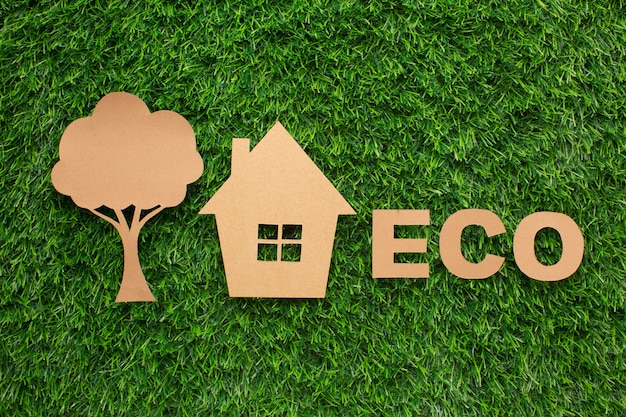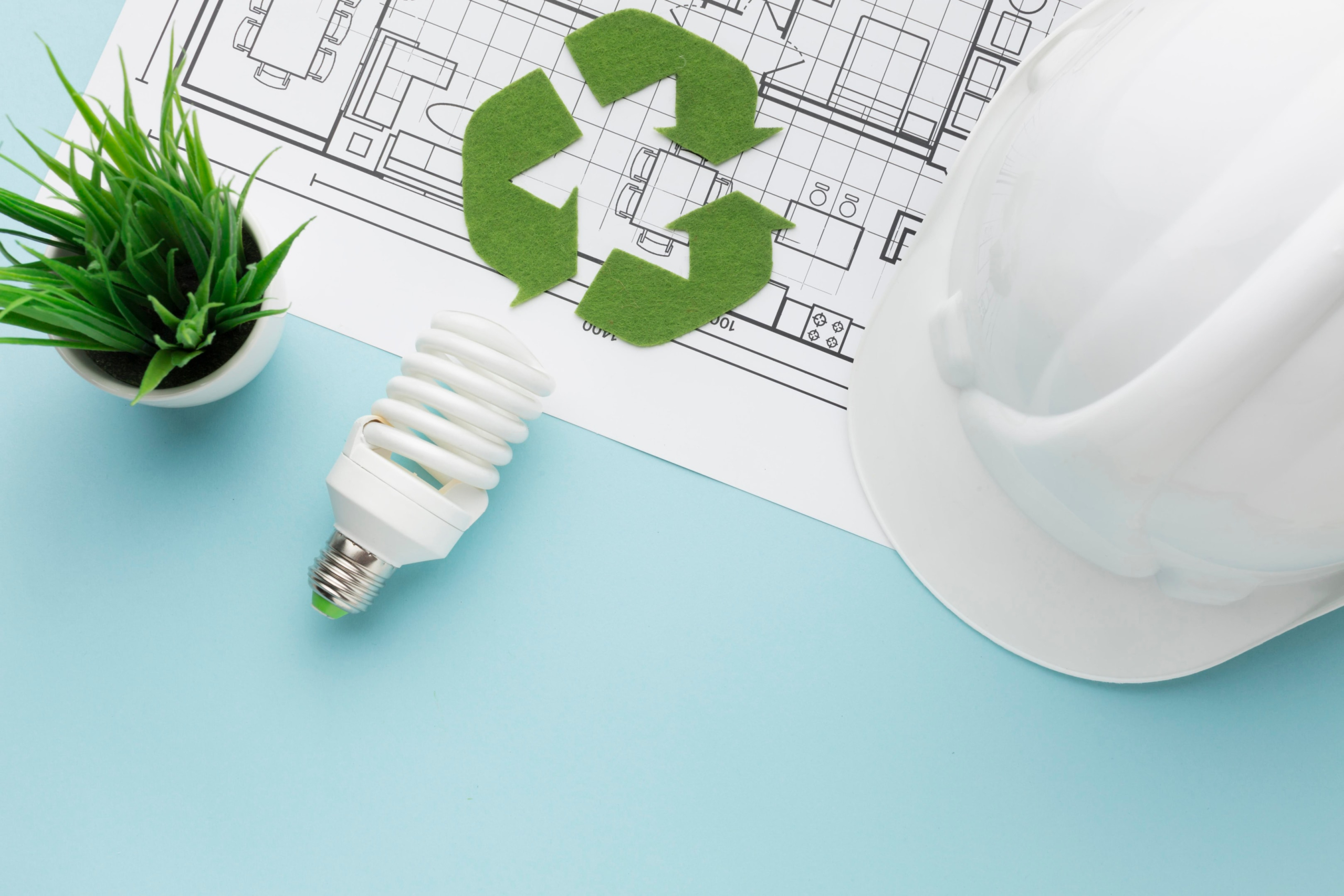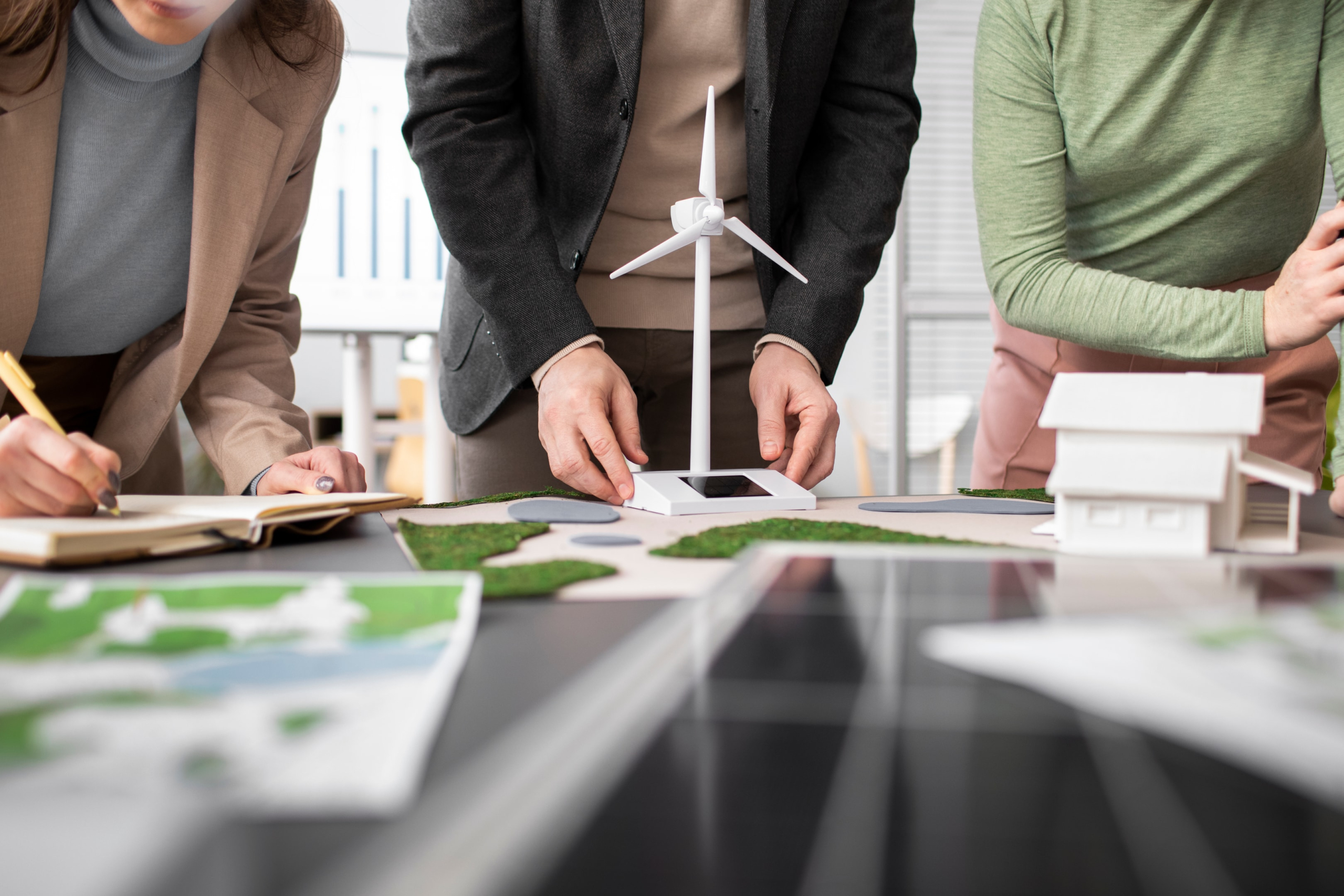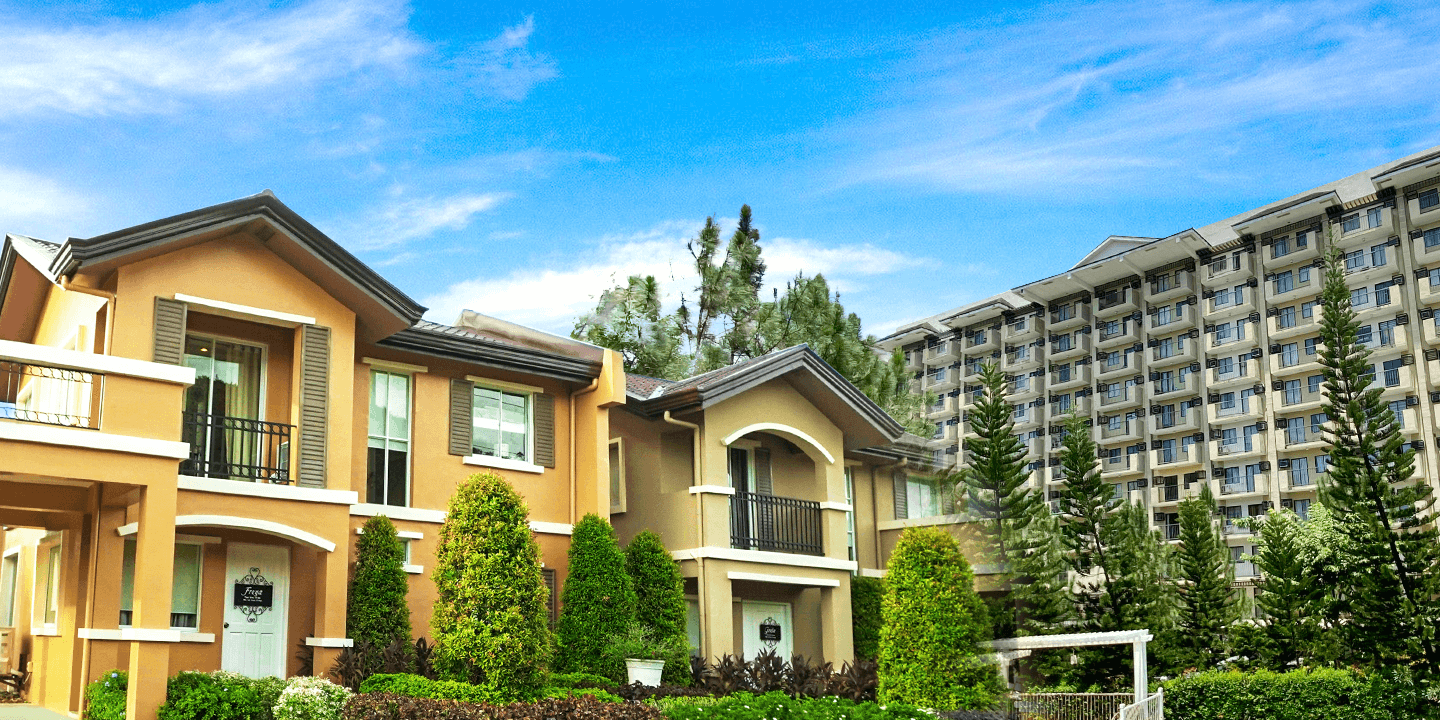
Sustainable Property Investment in the Philippine Context
Sustainable property investment has become an increasingly viable and profitable strategy for forward-thinking investors in the Philippines.
As global conversations around climate change and environmental responsibility continue to gain momentum, the local real estate sector is adapting to align with the Sustainable Development Goals.
From residential buildings in urban centers to master-planned communities in provincial growth hubs, the country is witnessing a shift toward sustainable real estate investment that prioritizes environmental stewardship and long-term economic benefits.
Sign 1: Energy Efficiency as a Core Investment Strategy

One of the main pillars of sustainable real estate is energy efficiency. Energy-efficient systems and energy-efficient technologies reduce energy consumption while also lowering operational costs for homeowners and developers.
In tropical climates like the Philippines, designing energy-efficient buildings is not just environmentally responsible but economically strategic.
Developments that incorporate energy-efficient designs, such as passive cooling systems and smart building technologies, see greater appeal among buyers concerned with both comfort and cost savings.
Sign 2: Green Buildings and Their Growing Appeal
The emergence of green buildings in the Philippine landscape is a direct response to increasing awareness of environmental sustainability.
These structures use eco-friendly materials and are constructed with sustainability criteria in mind, reducing their environmental impact while enhancing overall well-being.
Certifications like EDGE, LEED, and BERDE provide valuable insights for buyers and investors seeking green real estate with proven environmental design.
Sign 3: Carbon Footprint Reduction Through Smarter Choices
Sustainable practices in the real estate industry significantly reduce the carbon footprint of both developers and homeowners.
The use of solar panels, rainwater harvesting systems, and proper orientation for natural lighting and ventilation are no longer niche concepts but essential features in many new real estate developments. By integrating such initiatives, the industry moves closer to its goal of a sustainable future.
Sign 4: Government Incentives Fuel Growth
Government incentives play a critical role in shaping the trajectory of sustainable investment in the country.
These incentives may include tax incentives for developers who follow sustainable building codes, support for research in sustainable technologies, and funding for renewable energy projects.
These policy shifts not only encourage the adoption of green certifications but also make sustainable real estate more accessible to a wider market.
Sign 5: Higher Property Values Linked to Sustainability

Energy-efficient buildings and sustainable materials do not just benefit the environment—they also translate into higher property values.
Homebuyers are willing to pay a premium for homes with lower operating costs and improved indoor well-being. For developers and estate investments, this presents a clear path toward enhanced profitability while meeting the growing demand for sustainable living.
Emerging Trends and Practices in Sustainable Real Estate
Green Building Practices in Local Developments
Developers are increasingly turning to sustainable building practices that integrate green building materials, renewable energy sources, and water-saving technologies.
Camella Homes, for instance, has expanded into locations where eco-conscious living spaces and green spaces are central to community planning.
These initiatives reflect a broader movement in the green building sector toward sustainable communities that promote eco-consciousness and sustainable living.
Green Real Estate as a Viable Investment Strategy
Real estate investment decisions today are increasingly influenced by environmental impact and social responsibility. Sustainable building approaches that reduce energy consumption, use sustainable materials, and improve air quality are favoured by environmentally conscious buyers.
This cultural shift has positioned sustainable property investment as a viable alternative to conventional property investments, offering both risk management and stronger future value.
Market Dynamics and Eco-Friendly Practices in Sustainable Real Estate
The real estate market is evolving. Market dynamics now favour developers and investors who can meet the growing demand for energy-efficient technologies and sustainable building solutions.
As the population grows and urbanisation intensifies, the need for sustainable real estate becomes even more urgent. Responding to this demand requires not only adopting green building practices but also staying ahead of regulatory and consumer expectations.
Sustainable real estate investment in the Philippines benefits from a culturally rooted awareness of the natural environment. Filipino homeowners have long valued eco-friendly practices such as gardening, natural ventilation, and recycling.
Incorporating these habits into modern developments supports the growth of eco-friendly living spaces and encourages a collective move toward sustainable property investment.
Financial and Environmental Impact of Sustainable Investment
Sustainable Real Estate Investment and Its Financial Benefits
Beyond environmental stewardship, sustainable property investment also delivers tangible financial benefits. Reduced energy and water bills, lower maintenance costs, lower operational costs, and the long-term appreciation of green real estate are just some of the ways investors gain returns.
Even with a larger initial investment, the lifetime value of sustainable properties makes them an attractive choice.
Eco-Conscious Living Spaces for the Modern Filipino

Today’s Filipino homeowners seek eco-conscious living spaces that blend comfort, affordability, and environmental responsibility. Real estate developments that champion sustainable practices are not only helping to preserve the environment but also shaping a new cultural norm of green living.
These spaces prioritise health, safety, and community cohesion—all while contributing to the country’s broader sustainable development goals.
Expanding Access Through Retrofitting
Much of the country’s building stock consists of older homes and offices that do not meet current sustainability criteria.
Retrofitting these properties with energy-efficient systems and renewable energy sources is a growing segment within the sustainable investment landscape. This effort expands the reach of green real estate investment beyond new developments.
Innovation and Technology in Sustainable Design
Smart building technologies are crucial in achieving a positive environmental impact. From motion-sensor lighting to advanced HVAC systems, these features improve energy efficiency and reduce operating costs.
Architects and developers are increasingly adopting sustainability criteria as a central part of design innovation. Integrating green building materials, natural lighting, and energy and environmental design principles has led to more attractive, functional, and responsible real estate offerings.
These innovations also reflect the desires of a more informed, eco-conscious Filipino market.
Renewable Energy and the Real Estate Sector
Renewable energy is playing a larger role in real estate development. Whether through solar panels or community-scale wind or hydro systems, renewable energy sources provide long-term energy security and reduce reliance on fossil fuels.
Their adoption within the real estate sector marks a key shift toward achieving national climate goals.
Real Estate Industry Embraces Environmental Stewardship
The real estate industry in the Philippines is stepping up to its role in promoting environmental stewardship.
Through the use of sustainable materials, green certifications, and community education, developers are fostering a culture of environmental responsibility. These practices contribute to a real estate sector that is aligned with the values of sustainability and national progress.
Smart Property Investments for Future Generations
Making smart, sustainable property investments is one of the most effective ways to secure the future for the next generation. With the right mix of smart building technologies, eco-friendly materials, and thoughtful planning, developers and investors can create a lasting positive impact.
Sustainable development in real estate is not just about structures—it’s about shaping a better tomorrow for all Filipinos.

Celebrate Life’s Milestones in Camella!
House and Lot & Condominium for Sale in the Philippines

